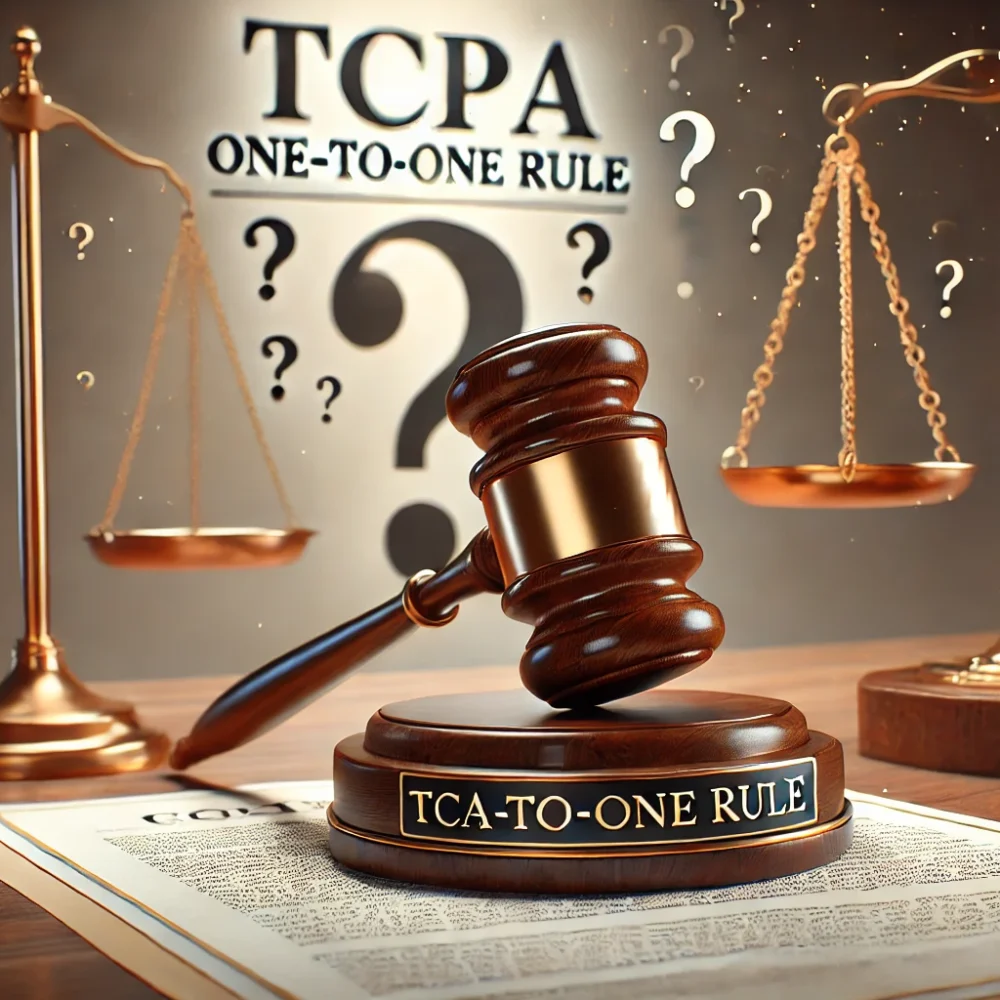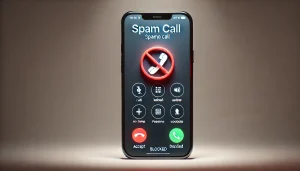
FCC Delays Implementation of “One-to-One” Consent Rule
The Federal Communications Commission (FCC) has temporarily pushed back the enforcement of its revised “one-to-one” consent rule, which was initially scheduled to take effect in January 2025. This regulation, aimed at tightening telemarketing restrictions, mandates that each individual company must obtain explicit written consent before contacting consumers. Businesses expressed concerns over the financial and logistical hurdles required to comply with the changes within the original timeframe.
However, the FCC recently announced a new deadline—January 26, 2026—unless a federal court intervenes with an earlier ruling. Until then, the previous consent requirements remain in place, granting companies additional time to adapt. Below, we explore how this development impacts telemarketers, lead generators, and consumers alike.
Understanding the Rule Change
Overview of TCPA Regulations
The Telephone Consumer Protection Act (TCPA), enacted in 1991, serves to protect consumers from unsolicited marketing calls and messages. Under this law, businesses must obtain “prior express written consent” before sending automated calls or texts. The fundamental objective is to safeguard consumer privacy by regulating how businesses communicate with potential customers.
Introduction of the “One-to-One” Requirement
Building upon the TCPA framework, the FCC introduced stricter regulations requiring each business to secure distinct consent from consumers. Previously, a single checkbox could authorize multiple advertisers to make contact, potentially leading to an influx of unsolicited communications. Under the new rule, consent applies strictly to a single entity, ensuring consumers have direct control over which businesses can reach them.
Rationale Behind the Change
Consumer advocacy groups have long criticized the practice of blanket consent, arguing that it enables excessive marketing messages from numerous companies. Often, individuals unknowingly authorize multiple advertisers through a single online form. The FCC’s move toward one-to-one consent aims to provide clarity and limit excessive outreach, empowering consumers with more deliberate control over their communications.
Postponement and Legal Considerations
New Implementation Timeline
Originally slated for enforcement on January 27, 2025, the rule’s rollout faced legal opposition from the Insurance Marketing Coalition (IMC), which challenged its feasibility and impact on businesses. The case, currently before the Eleventh Circuit Court of Appeals, led the FCC to postpone implementation until January 26, 2026, though an earlier ruling by the court could alter this timeline.
Implications for Businesses
For organizations engaged in telemarketing, the delay offers a reprieve, allowing them to continue using the existing consent framework. Many had anticipated significant operational shifts—such as revising opt-in procedures and updating compliance measures—but now have an extended period to prepare. Nonetheless, companies must still adhere to current TCPA regulations, as violations remain subject to strict penalties. Staying informed about ongoing legal proceedings is crucial to ensuring future compliance.
Why the Delay?
Preventing Confusion
If businesses were required to comply while legal proceedings were ongoing, any later reversal or modification of the rule could create widespread uncertainty. The FCC’s decision to delay implementation prevents companies from making costly adjustments prematurely.
Reducing Compliance Burdens
Transitioning to a one-to-one consent system demands significant investment in revising databases, opt-in forms, and telemarketing scripts. The delay provides businesses with additional time to evaluate and implement necessary changes in a more structured manner.
Minimizing Legal Risks
Implementing the rule before a court decision could expose businesses to legal vulnerabilities if the regulations were later modified or overturned. The postponement ensures a clearer regulatory pathway once judicial decisions are finalized.
Consumer Impact and Protections
Existing Safeguards
Despite the delay, consumers remain protected under current TCPA provisions. Key protections include:
- Do-Not-Call Registry: Individuals can register at www.donotcall.gov to limit unwanted calls.
- Opt-Out Mechanisms: Consumers can reply “STOP” to texts or utilize other methods to unsubscribe.
- Regulatory Complaints: If violations occur, consumers can file complaints with the FCC or their state’s Attorney General’s office.
Potential Future Benefits
Should the one-to-one rule ultimately take effect, individuals will likely experience fewer unsolicited marketing communications, as each business must obtain separate approval before making contact.
Importance of Reviewing Terms
Consumers should be mindful of where they grant marketing permissions, particularly when signing up for free offers, contests, or app downloads. Consent clauses are often embedded in fine print, inadvertently authorizing marketing communications.
Looking Forward: Possible Outcomes
The fate of the one-to-one rule hinges on the Eleventh Circuit’s ruling. Several scenarios could unfold:
- Full Enforcement in 2026 (or Earlier): If the court upholds the regulation, the new requirement could be implemented as scheduled or even earlier.
- Rule Modification: The court may suggest adjustments, prompting the FCC to refine specific provisions.
- Regulation Overturned: If struck down, businesses would continue operating under the existing TCPA consent framework indefinitely.
- Extended Legal Uncertainty: Appeals could prolong the decision-making process, leaving businesses and consumers in limbo.
Best Practices for Businesses Amid Uncertainty
Although the enforcement date is postponed, businesses should proactively refine their consent and communication strategies. Consider the following steps:
- Ensure Clear Opt-Out Options: Allow recipients to easily unsubscribe from calls and texts.
- Use Transparent Consent Language: Avoid complex legal terms; use straightforward messaging when requesting consent.
- Organize Contact Lists Efficiently: Maintain well-structured databases to manage consent effectively.
- Address Complaints Promptly: Demonstrate good faith by resolving consumer concerns swiftly.
Conclusion
The FCC’s decision to delay the implementation of its one-to-one consent requirement offers businesses additional time to adjust while maintaining consumer protections under existing TCPA regulations. The evolving legal landscape underscores the importance of staying informed and prioritizing transparent consent practices. Whether the rule ultimately takes effect or undergoes further modifications, businesses and consumers alike should remain vigilant, ensuring compliance and safeguarding privacy in an ever-changing regulatory environment.




